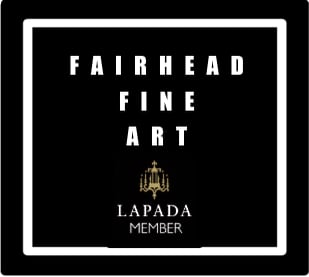Manifest throughout the artistic practice of André Villers is a distinctive experiential nature lent not only by his experimentation with an array of physical and formal elements, but by his unrelenting fascination with the play of shadows, transparencies, and sculptural dimension in photography. Following the hardships of World War II, Villers contracted bone tuberculosis at the age of seventeen. He was then moved to the Centro Hélio-Marin sanatorium in southeastern France, where he was bedridden for five years. It was during his recovery there that Villers first took up a camera, experimenting with photography as early as 1952. He first met Pablo Picasso by chance on a Vallauris street in 1953, where the artist was working in a ceramics studio. This serendipitous encounter marked the beginning of a profound friendship and creative dialogue which would ensue in the years following. The publication of the book Diurnes in 1962, with a preface by poet Jacques Prévert, was the culmination of their exceptional decade of joint investigation: thirty plates were selected from among some seven hundred photograms of masks, animals, and group figure studies made between 1954 and 1961. From this fruitful collaboration emerged an unprecedented synthesis of photography and painting, one that would transcend the boundaries of each respective medium and break new ground for a Cubist genre in photography.
André Villers was born in 1930 in Beaucourt, France, and died in 2016 in Le Luc, France. Recent exhibitions include “André Villers. Photographies et découpages/Villers 80: émulsions,” Villa Aurélienne, France (2010); “La Perspective du ventre. André Villers photographe et artiste—photographer and artist, ritratti da Picasso a Fellini, fotoelaborazioni e découpages,” Fondaco dell’Arte di Venezia, Italy (2010); “André Villers: collages et Découpages,” Galerie Sapone, Nice (2012–13); “André Villers: 60 ans de photographie,” Centre d’art La Malmaison, Cannes (2013); “André Villers et la photographie: noces de diamant! soixante ans de photographie,” Musée de la Photographie André Villers, Mougins (2013); and “André Villers,” Musée national Picasso, Paris (2014). Most of Villers’s oeuvre is housed at the Musée Nicéphore Niépce, France, as well as at the Musée de la Photographie à Charleroi, Belgium. Villers became a Chevalier of the French Order of Arts and Letters in 2006.
